The Makauwahi Cave Reserve, on Kauai’s south shore in the vicinity of Poipu, is one of the island’s most fascinating attractions. The open-ceiling cave contains a trove of archaeological and paleontological artifacts that reveal a cross-section of the island’s pre-history.
Enclosed by dramatic limestone walls, and adorned with unique native fauna, the cave has a true prehistoric vibe and could very well pass for a Flintstones set. The unique cave is the centerpiece of a 17-acre reserve that includes restored forest land and wetland habitat with almost 100 species of native plants.
The reserve park was created by Dr. David and Lida Pigott Burney with the help of hundreds of volunteers, and Joe Kanahele, the reserve caretaker. The property is owned by Grove Farm Company and there are free guided tours visitors can enjoy.

Makauwahi Cave
The cave contains at least 7,000 years of sedimentary records along with evidence of over a thousand years of human activity. Excavations at the site have yielded an abundance of historical information from pollen, seeds, plants, birds, fish, species, and the early Polynesian settlers, providing rare insight into the area’s history. Evidence of floods, droughts, tsunamis, and extinct plants, birds, and fish have been gleaned from the cave’s walls and sediment.
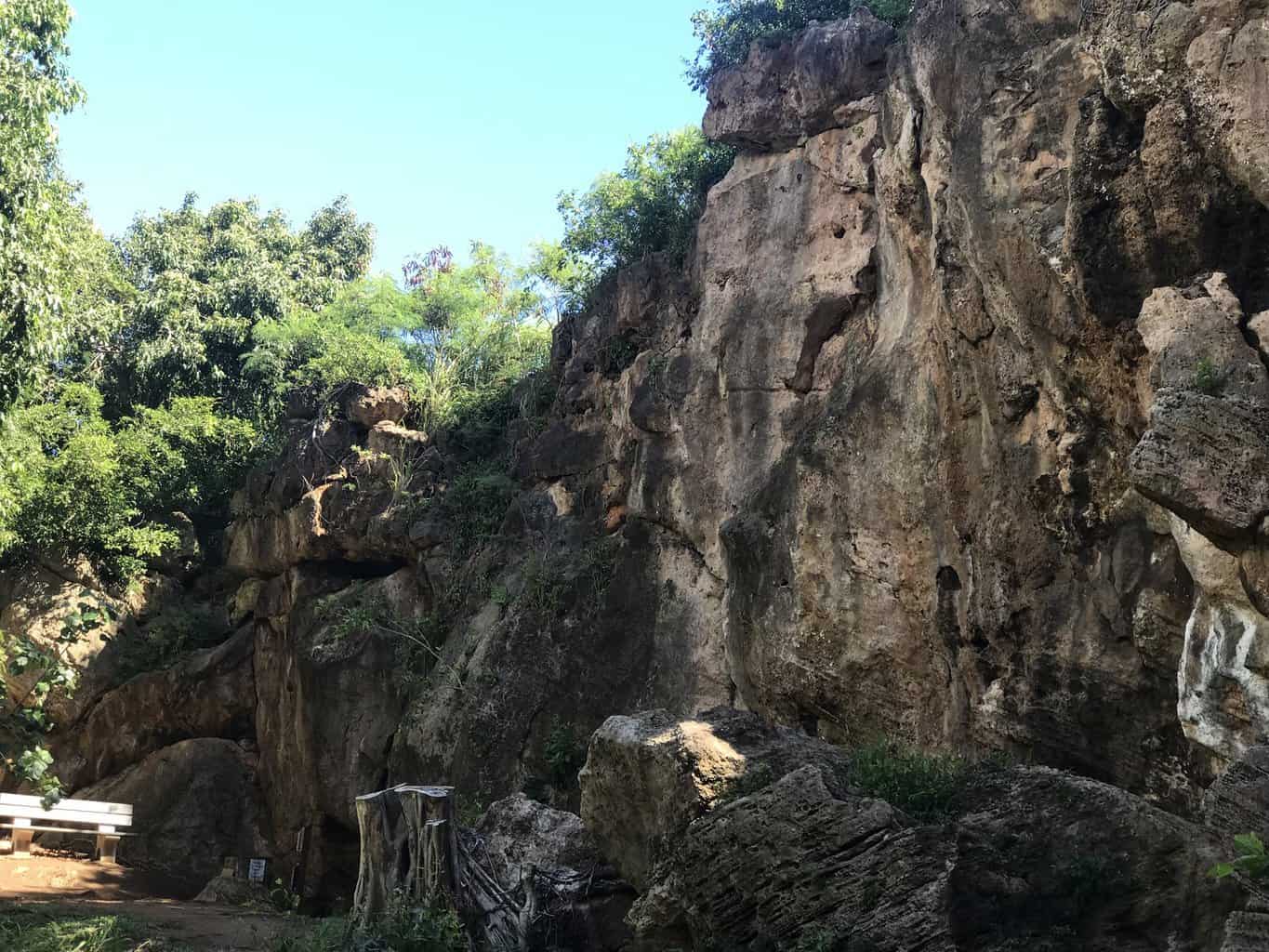
The limestone cave formed over the span of 400,000 years from Pleistoscene-era sand dunes that turned to stone. Over time, groundwater seeped in to carve the cave. The sinkhole was formed about 7,000 years ago when the roof of the cave’s main room collapsed.
A freshwater lake was created in the sinkhole after the collapse. Today, archaeologists are studying the layers of sediment laid down in the lake for clues about the past.
The sediment in the cave, up to 33 feet in some areas, has a unique chemistry (perfect neutral pH) that has preserved almost everything that has fallen in. It helps provide snapshots of time periods and highlighting changes that have occurred over the millennia. Only in the last 100-200 years did the lake subside, according to studies.
Perhaps the most dramatic finds from the Makauwahi Cave Reserve are the impacts that human colonization have had on the island’s ecosystem. It’s easy to spot the layers of sediment when the first Polynesians arrived, as that is where the chicken bones start. The Polynesians brought chickens to Kauai, and they also brought rats and ants among other things.
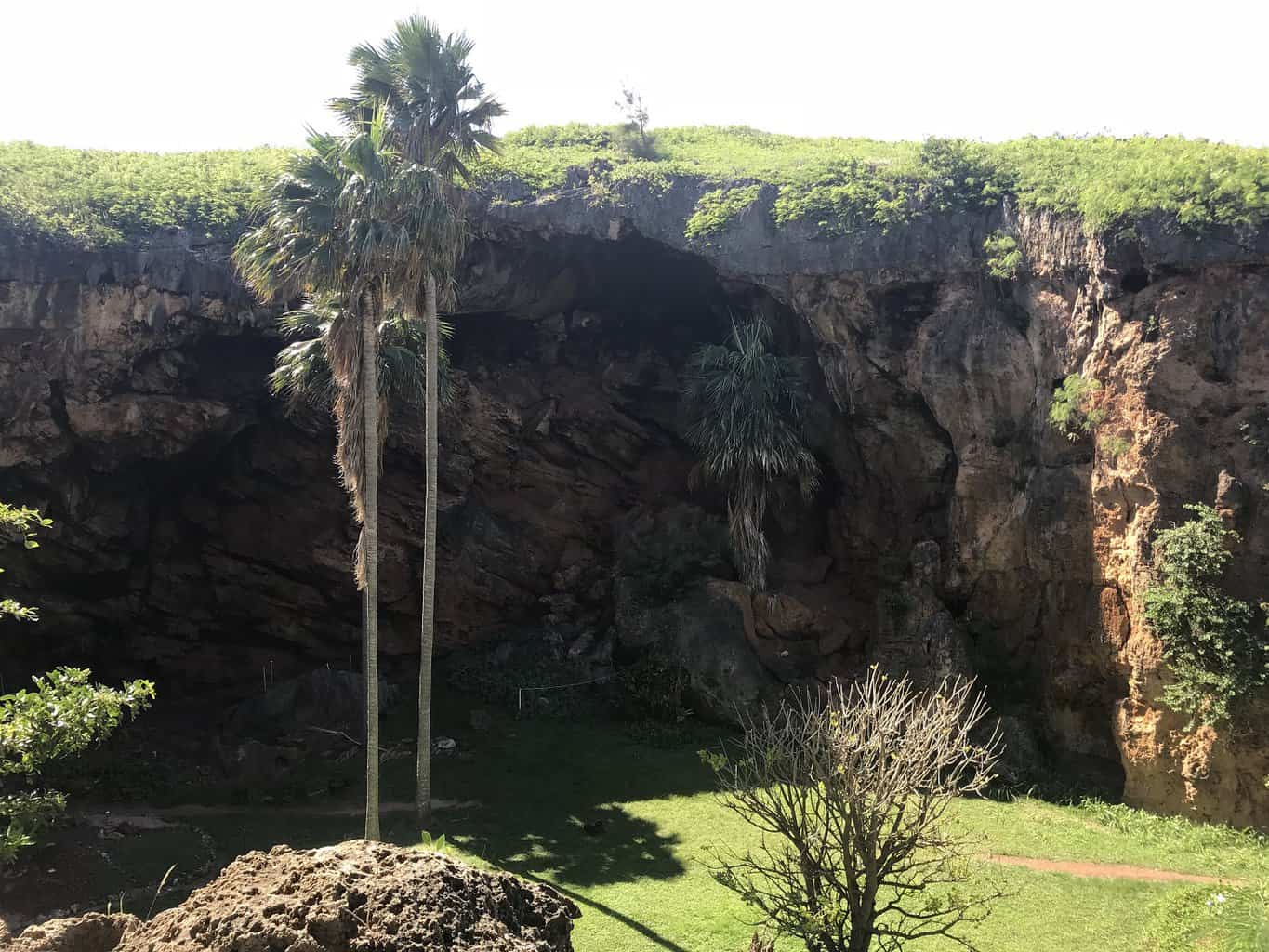
The rats decimated the flightless birds that were abundant on the island, while the ants killed off beetles and other insects that once had no natural enemies. And by the time the Europeans arrived in the 1700s, the island had been largely deforested as trees were used for firewood and thatched huts.
Another dramatic find is evidence of a giant tsunami that crashed into the island in the sixteenth century, perhaps generated by a mega earthquake in the Aleutian Islands that also impacted Japan.
North Cave & South Cave
There are two sections to the Makauwahi Cave, the North Cave and the South Cave. The North Cave comprises the main, amphitheater-like sinkhole. Beyond an arch opening, and underground, is the South Cave. The South Cave, which is generally off-limits to the public, has a maze of small passageways that harbor several rare species, including blind invertebrates, pale amphipods and eyeless cave spiders.
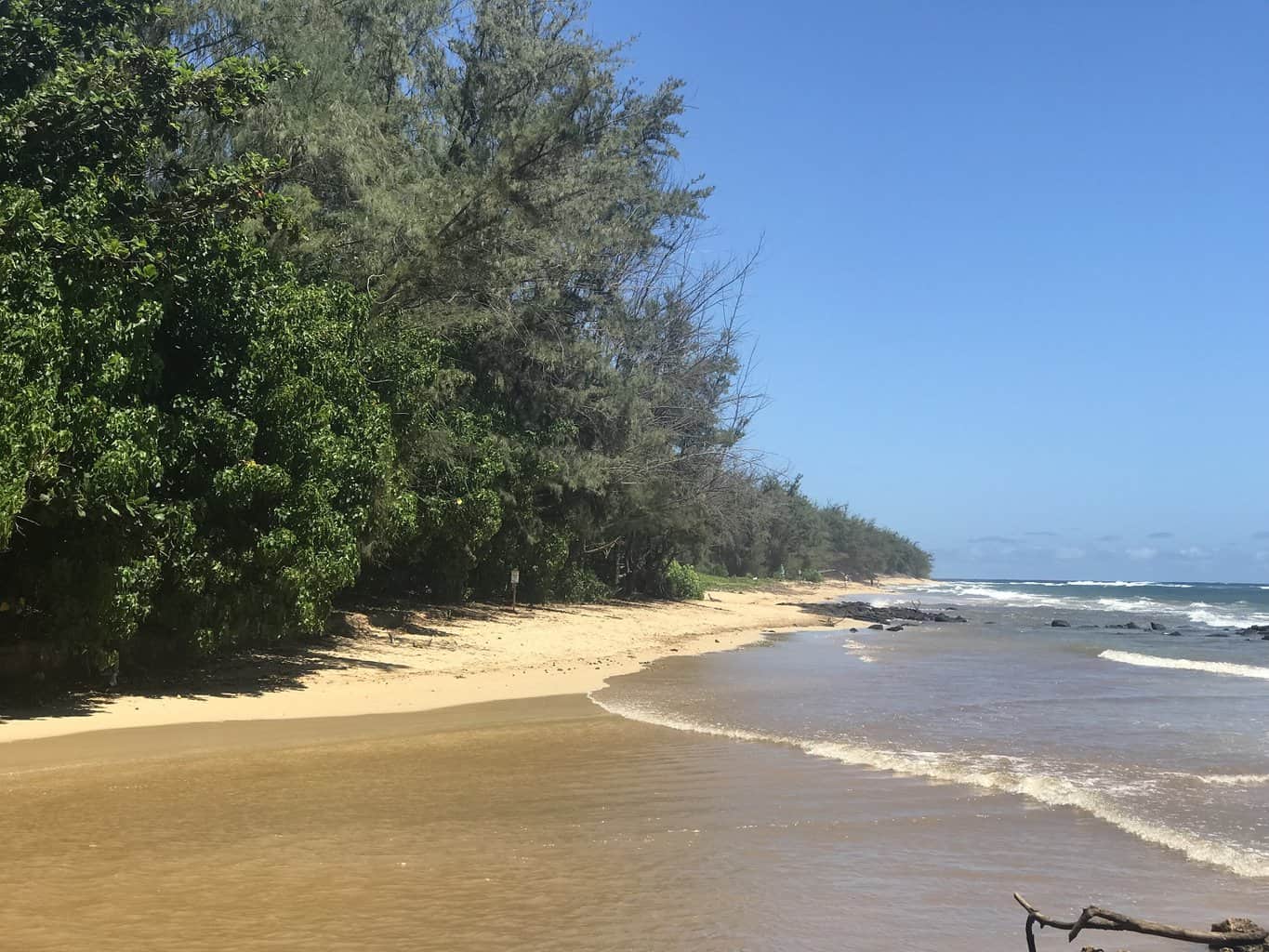
How To Get There
The Makauwahi Cave is located near the confluence of the Mahaulepu Trail and Gillin’s Beach (at Waiopili Stream), near the CJM Country Stables on Kauai’s south shore near Poipu. To visit the cave you will either have to hike the 2-mile Mahaulepu Heritage Trail from the Grand Hyatt Kauai or take a drive on the dirt (often muddy) roads past the Grand Hyatt Kauai. It’s the easiest to drive.

If taking the trail, follow the coastline from the Grand Hyatt Kauai past the golf course and past the CJM Stables until you see a small cove. The cave is near this bridge near the mouth of the Waiopili Stream. There is a small cove at the mouth of the stream at the confluence of the Mahualepu Trail and Gillin’s Beach.
Hike to the back of the cove and you will see a small wooden bridge. Cross the bridge and follow the signs. To drive, take Poipu Road past the Grand Hyatt Kauai and past the CJM Stables.
Take a right on the next regular dirt road, then another right on the second dirt road. See the map link for full details. The parking area is near Lida’s Field of Dreams, a small nature preserve with huge tortoises that is part of the reserve.
The Makauwahi Cave is open Wednesday through Sunday from 10 am to 2pm and closed Monday and Tuesday. Tours are available at other times by appointment. Visitors must crawl through a small opening to enter the cave. A padlocked gate blocks entry when the cave is closed.
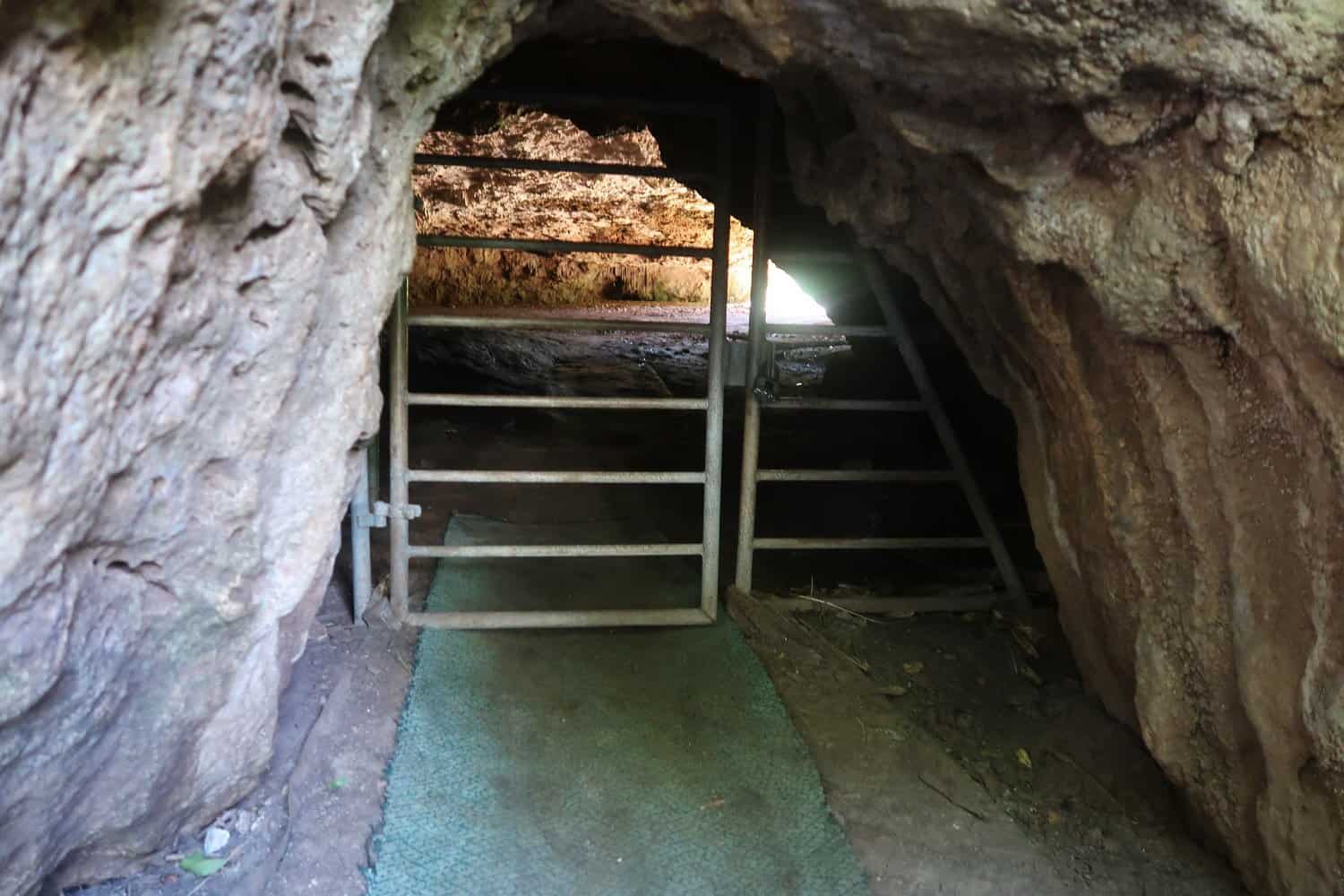
If the cave is closed, you can still view the cave from the sinkhole overlook by taking a trail to the left of the opening. Admission is free but donations are accepted.
Visit the www.cavereserve.org for more details on the guided tours.

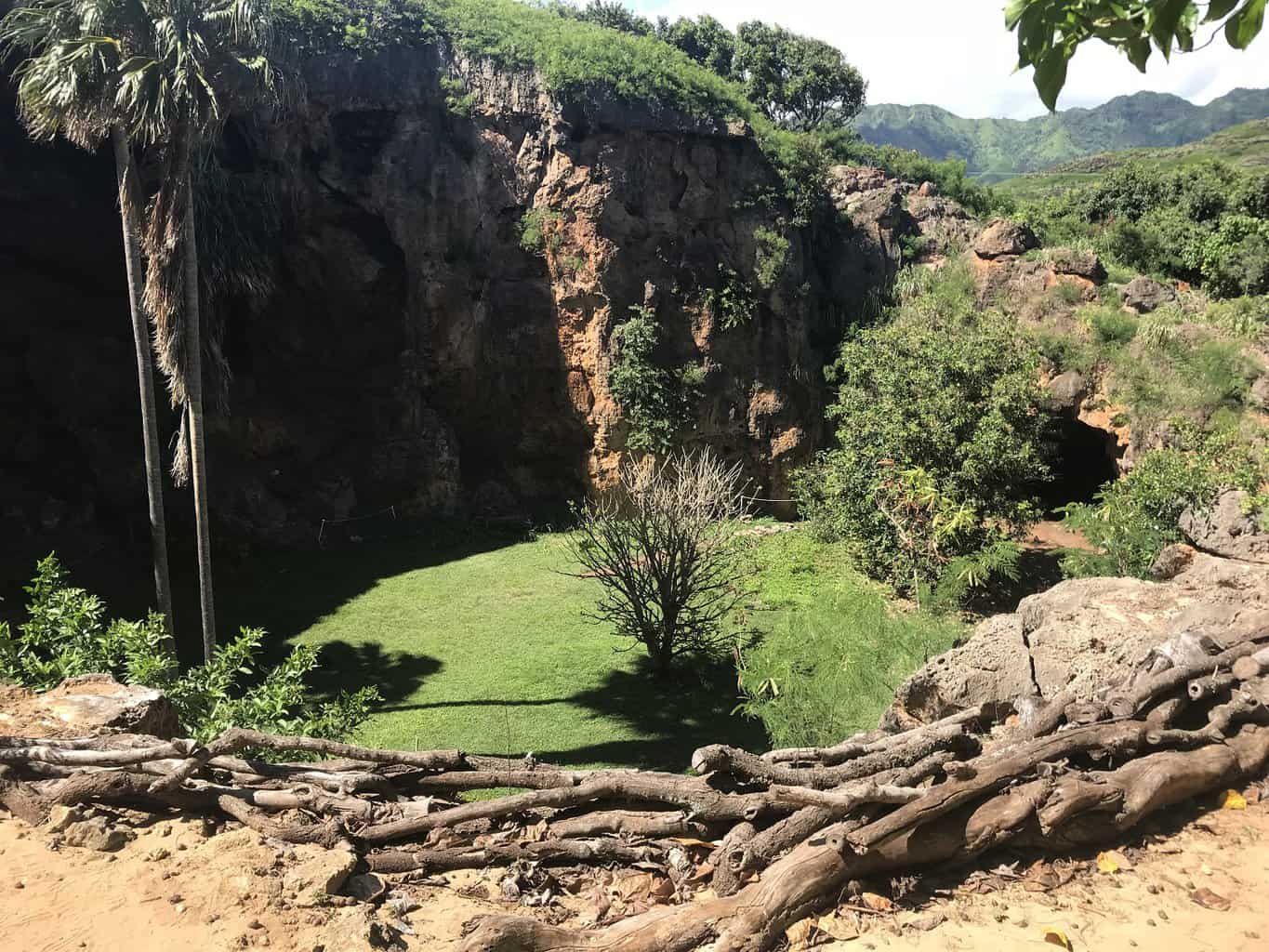
Makauwahi Cave Reserve is open daily from 10:00 to 3:45!